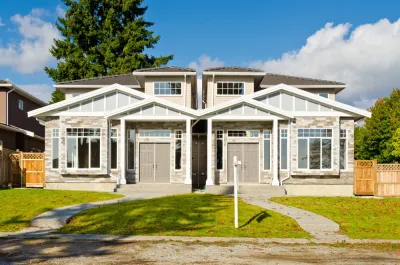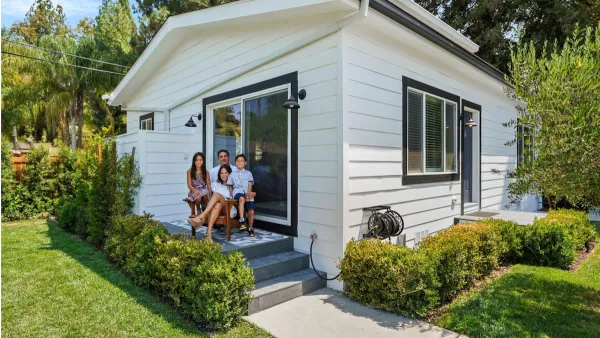Born out of a fear of absentee owners and rapacious investors, owner-occupancy requirements can have the contradictory effects of excluding renters from neighborhoods and limiting the number of rental units available.

A post on Brookings’ The Avenue by Anika Singh Lemar argues that owner-occupancy requirements, particularly on accessory dwelling units (ADUs), stifle housing supply and keep renters out of higher-end neighborhoods. As Lemar explains, “Restrictions on rentals appear in zoning codes, homeowners’ association rules, rules issued by subsidized lenders, and local ordinances.”
“Because renters typically have lower incomes than homeowners and are racially more diverse, owner-occupancy requirements affect the economic and demographic makeup of neighborhoods. Owner-occupancy requirements also prevent property owners from developing repeat expertise in acquiring and renovating existing housing stock to add ADUs; as a result, lenders are less likely to finance ADUs.” Lemar writes that owner-occupancy rules also reduce the housing supply by taking potential rental units off the market.
The article describes several court cases relevant to the debate over owner occupancy. “In the few cases where courts have interrogated the nexus between homeownership and home maintenance, they have refused to enforce owner-occupancy requirements.” Yet many continue to uphold owner-occupancy requirements thanks to vague notions that owners will be better stewards of the property.
Lemar calls owner-occupancy requirements an example of “zoning creep,” the use of zoning to regulate “well outside the scope of land use and zoning regulations,” which has unintended negative impacts on equity and affordability.
FULL STORY: How owner-occupancy regulations are contributing to the housing crisis

Analysis: Cybertruck Fatality Rate Far Exceeds That of Ford Pinto
The Tesla Cybertruck was recalled seven times last year.

National Parks Layoffs Will Cause Communities to Lose Billions
Thousands of essential park workers were laid off this week, just before the busy spring break season.

Retro-silient?: America’s First “Eco-burb,” The Woodlands Turns 50
A master-planned community north of Houston offers lessons on green infrastructure and resilient design, but falls short of its founder’s lofty affordability and walkability goals.

Test News Post 1
This is a summary

Analysis: Cybertruck Fatality Rate Far Exceeds That of Ford Pinto
The Tesla Cybertruck was recalled seven times last year.

Test News Headline 46
Test for the image on the front page.
Urban Design for Planners 1: Software Tools
This six-course series explores essential urban design concepts using open source software and equips planners with the tools they need to participate fully in the urban design process.
Planning for Universal Design
Learn the tools for implementing Universal Design in planning regulations.
EMC Planning Group, Inc.
Planetizen
Planetizen
Mpact (formerly Rail~Volution)
Great Falls Development Authority, Inc.
HUDs Office of Policy Development and Research
NYU Wagner Graduate School of Public Service




























